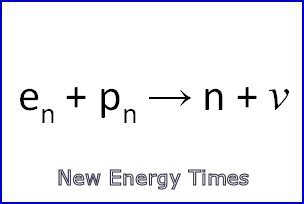Chinese LENR Theorist Li Switches to Weak Interactions
Nov. 9, 2016 – By Steven B. Krivit –
Chinese Professor Xing Zhong Li, a longtime believer in the hypothetical concept of strong-force room-temperature fusion, has changed his thinking about the underlying LENR (low-energy nuclear reaction) process.
New Energy Times learned that Li, a professor in the Department of Physics at Tsinghua University, presented his ideas at the Satellite Symposium of the 20th International Conference on Condensed Matter Nuclear Science, on Sept. 28-30, 2016, in Xiamen, China. The conference was sponsored in part by the Natural Science Foundation of China.
Li began experimental work in LENRs in June 1989. In 1993, he first proposed his theoretical model, which suggested that the underlying mechanism for LENR was “cold fusion.” No experimental evidence has been found to substantiate the idea that deuterium nuclei can fuse at room temperature. However, abundant experimental evidence exists for other nuclear reaction processes.
Li follows Allan Widom and Lewis Larsen by a decade in his proposal to explain LENRs by the non-fusion reaction of electrons and protons to form neutrons.
Widom and Larsen’s idea is unique in several ways, most notably in their mechanism to create ultra-low-momentum neutrons.
The Li group’s research has been supported by the State Commission of Science and Technology, the Natural Science Foundation of China and the China National Education Commission. Li has also served as a member of the Fusion Research Advisory Committee of China and as the head of the Fusion Physics Laboratory at Tsinghua University.
Questions? Comments? Submit a Letter to the Editor.


